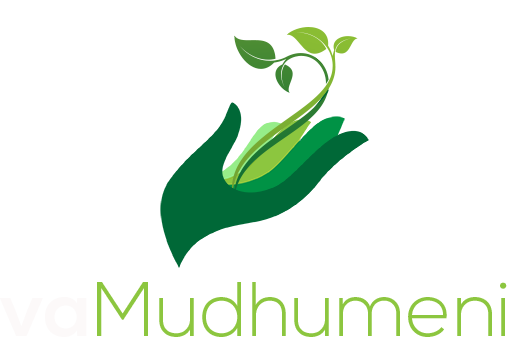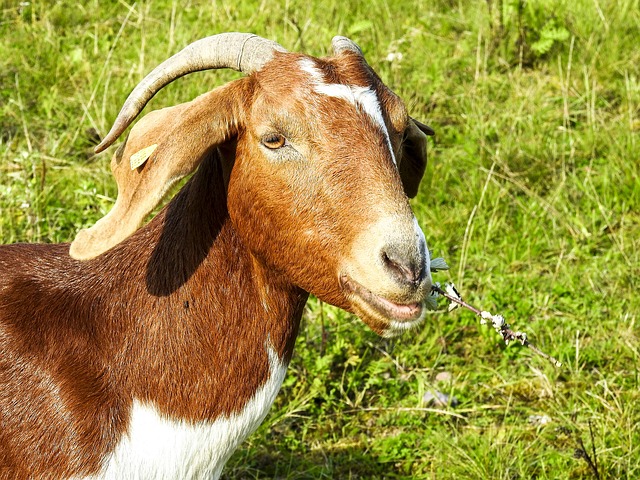By Lynette Simango
Did you know that goats are 75%-90% browsers and 10%-25% grazers. However that shouldn’t mean that one should leave their goats to browse and graze only. There is need to supplement feed especially when one is doing them on large scale. That’s why it is vital to look into nutrition (feed) as it also contributes 60% of total cost. Nutrition exerts a very large influence on flock reproduction, milk production and kid growth.
Just like humans, goats also require energy, protein, vitamins, minerals, fiber and water. Energy is usually is the most limiting nutrient, whereas protein is the most expensive. Deficiencies, excess and imbalances of vitamins and minerals can limit animal performance and lead to various health problems. Fibre is necessary to maintain a healthy rumen environment and prevent digestive upsets. Water is the cheapest feed ingredient, yet often the most neglected.
Energy is found in mostly carbohydrates. Lushy leafy forage and browse, and tree leaves also contain sufficient energy to cover the nutrient requirements of every goat on the farm. Feed grains high in energy are molasses, maize grains, soghum, cotton seed, corn, wheat middlings, soybean hulls, soybean meal and corn gluten. Protein sources include acacia pods, beans, cowpeas, lucern, soybean meal and green pastures. Protein is also derived from some energy sources. As for minerals,the major mineral likely to be deficient is salt and it can be given in blocks or loose licks. Forages also provide these minerals. For vitamins, sun-cured hay is an excellent source of vitamins. Also animals should have frequency access to sunlight as it causes vitamin D to be synthesised under their skin. Water should always be available.
It is of great importance the note that the nutritional requirement per goat differs with growth, lactation, pregnancy, activity, environment among other factors. Feed requirement per goat should be 3-5% of it’s body weight. Again this differs due to activity levels of the animal and other factors such as body size etc. Goats also require more feed during winter to maintain heat. In addition, goats should be grouped according to their nutritional needs to more effectively match feed quality and supply to animal need. Weanlings goats, does during the last month of gestation, high lactating does and yearlings should be grouped and fed separately from dry does, bucks, etc. which have lower nutritional needs.

